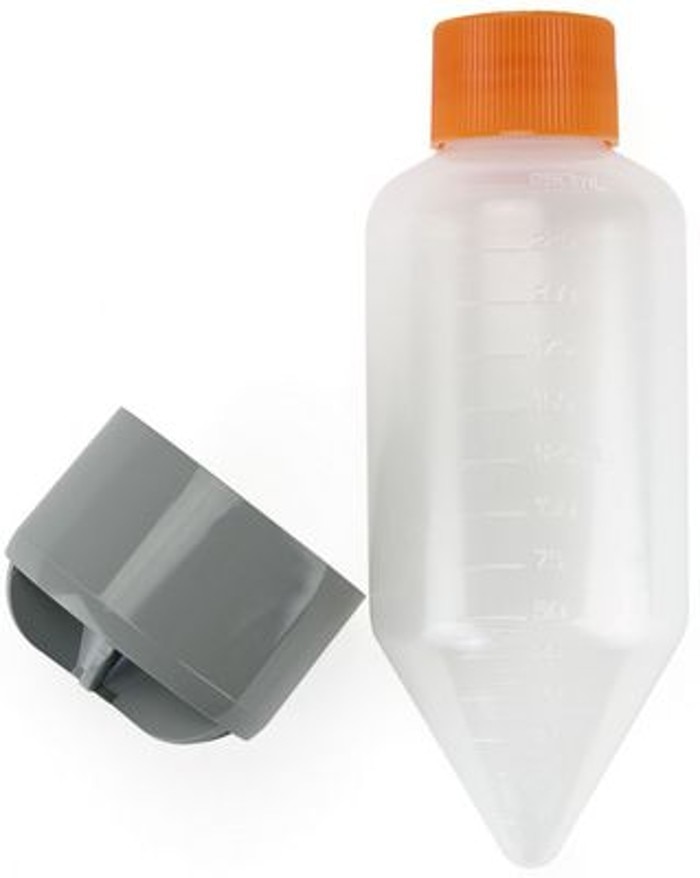-
-
-
-
- Forum Labo 2025
- Advanced Therapies Week (ATW) 2025
- SLAS Europe 2025
- Bioprocessing Summit Europe 2025
- Medlab Middle East 2025
- SLAS International 2025
- Biologics World Nordics 2025
- ASIA LABEX: The Lab Show 2025
- BioProcess International Europe 2025
- ISEV 2025
- CBioPC 2025
- Future Labs Live 2025
- Cell 2025
- ASIA LABEX: The Lab Show 2025
- Stem Cell Community Day 2025
-
-
-
-
- Forum Labo 2025
- Advanced Therapies Week (ATW) 2025
- SLAS Europe 2025
- Bioprocessing Summit Europe 2025
- Medlab Middle East 2025
- SLAS International 2025
- Biologics World Nordics 2025
- ASIA LABEX: The Lab Show 2025
- BioProcess International Europe 2025
- ISEV 2025
- CBioPC 2025
- Future Labs Live 2025
- Cell 2025
- ASIA LABEX: The Lab Show 2025
- Stem Cell Community Day 2025

Braking Ramps
实验室学院
- 离心机
- 文章
Most of the larger benchtop centrifuges on the market as well as some small benchtop centrifuges offer what are called acceleration and deceleration (braking) ramps. Most small benchtop centrifuges also enable the user to switch between a normal brake and a soft/slow brake.

显示更少
To prevent remixing the phases, the protocol requires that acceleration/deceleration be shut off completely so that the centrifuge accelerates slowly and high forces cannot disturb the gradient. During the run, the different blood components can pass through the gradient and accumulate in the appropriate phase according to their density. When the brake is shut off, the centrifuge simply runs down until the rotor stops by itself. This way, the gradient will not be disturbed by sudden braking.
显示更少
When pelleting cells, especially yeast or mammalian cells in flat-bottom vessels in a higher volume in a swing-out rotor, the pellet is not completely solid (depending on the application, it may not be possible to spin the cells at a higher speed to get a more compact pellet, because mammalian cells in particular are quite sensitive when it comes to centrifugal forces). The fact that the pellet is not completely solid means that when braking forces are too strong, the pellet could be remixed, leading to sample loss when the supernatant is discarded. Therefore, we recommend lowering the deceleration ramp (usually it is not necessary to shut off the brake completely) to keep the pellet from swirling up. The use of a vessel with a conical bottom shape can also help you get a tighter pellet, even when centrifuging at lower speeds.
Thus centrifuges with different acc/dec ramps offer users the option of adjusting acceleration and deceleration and optimizing their protocols quite easily.

